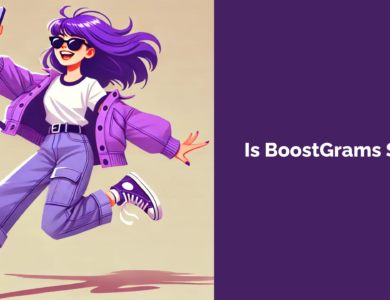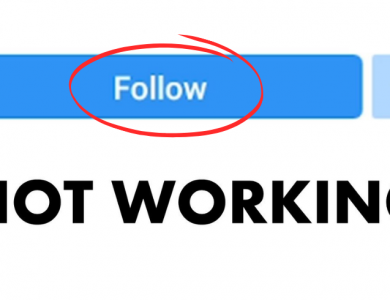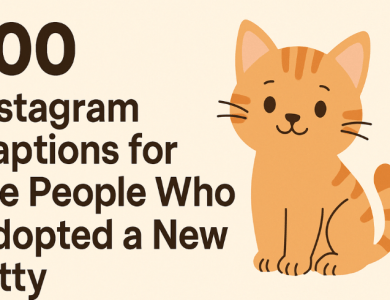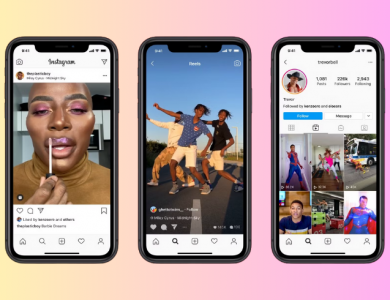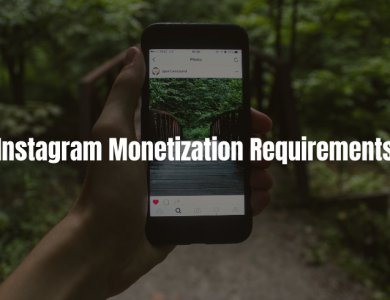Why Did YouTube Hide Dislike Counts?
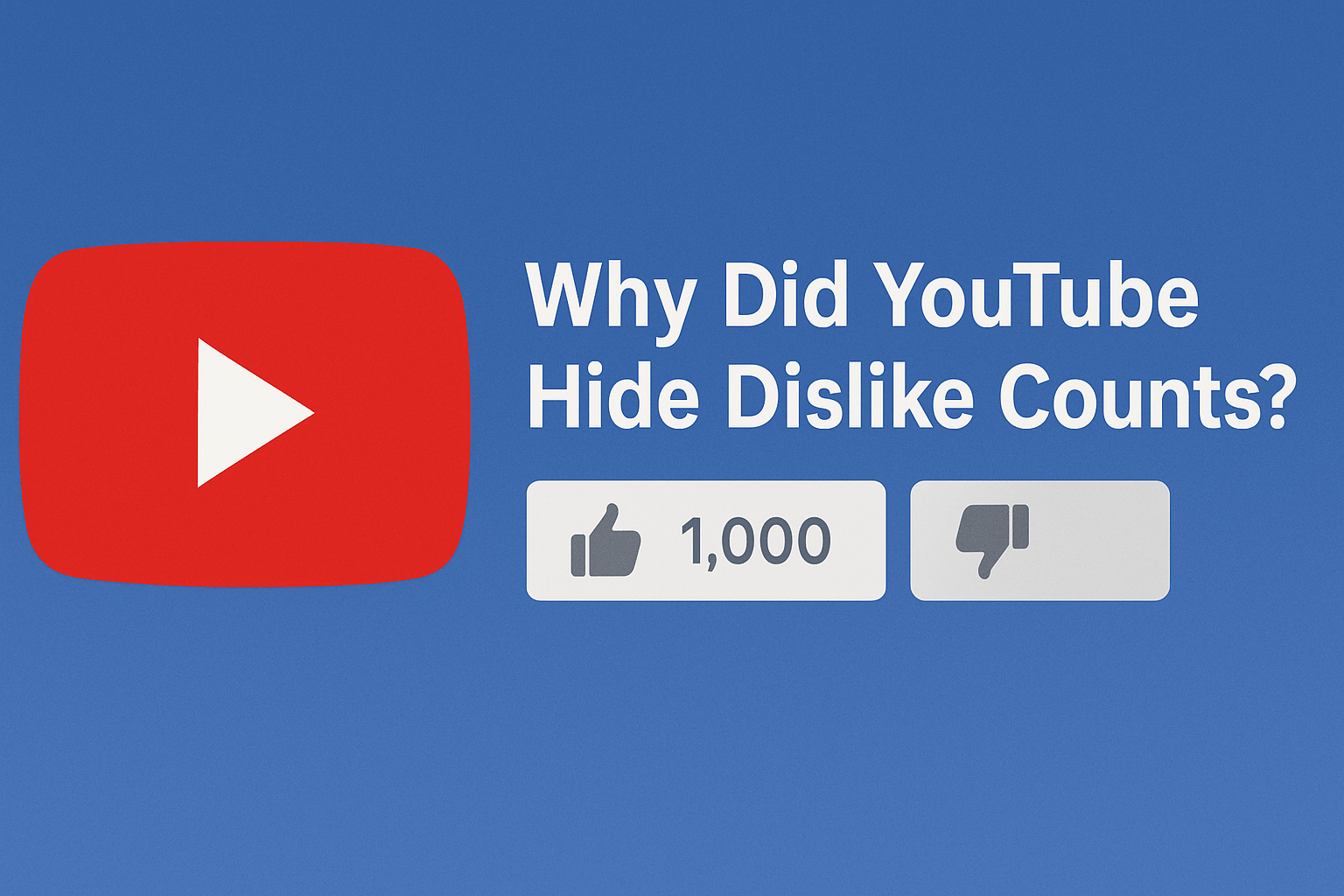
When YouTube announced it would hide dislike counts in late 2021, the decision stirred up a whirlwind of opinions across the internet. Content creators, viewers, and even former YouTube employees weighed in with their thoughts. So, why did YouTube hide dislike counts? Let’s dive into the reasons behind this controversial move and explore what it means for the future of online content.
Contents
The Official Reason: Protecting Creators
According to YouTube, the primary motivation for hiding dislike counts was to protect creators, especially smaller and newer ones, from targeted harassment campaigns. YouTube explained that some users organized mass “dislike attacks” on certain videos, bombarding them with dislikes to discredit or demoralize creators. By removing the public dislike count, YouTube hoped to create a more supportive environment for content makers.
“Our experiment data showed a reduction in dislike attacking behavior,” YouTube said in its announcement.
But is that the whole story behind why YouTube hid dislike counts?
A More Nuanced Look at the Decision
1. Encouraging Positive Engagement
Dislikes have long been seen as a quick, negative response that doesn’t foster meaningful interaction. By hiding dislike counts, YouTube might be nudging users to leave comments instead, fostering richer conversations rather than simple, often toxic, knee-jerk reactions. Positive engagement metrics like watch time, comments, and shares are far more valuable to YouTube’s algorithm than dislikes.
2. Corporate and Business Interests
Some skeptics argue that why YouTube hid dislike counts has more to do with business than benevolence. Public dislike counts could hurt the perceived credibility of major advertisers, partners, or even YouTube itself when corporate videos received heavy backlash. For instance, the infamous “YouTube Rewind 2018” became the most disliked video on the platform. Hiding dislike counts could protect the image of YouTube and its commercial collaborators.
3. Aligning with Broader Social Media Trends
Platforms like Instagram and Facebook have also experimented with hiding or minimizing public feedback metrics like likes or reactions. The idea is to reduce anxiety, comparison, and cyberbullying. Why YouTube hid dislike counts might simply be part of a wider trend toward “mental health” conscious social media design.
Community Backlash: Not Everyone’s on Board
Despite YouTube’s good intentions, the reaction from the community was far from uniformly positive. Many users and creators criticized the change, arguing that dislike counts served valuable purposes:
- Viewer Feedback: Dislike counts allowed viewers to quickly assess the quality or credibility of a video.
- Content Filtering: Especially for tutorials, product reviews, or how-to videos, a high dislike ratio warned users that the content might be misleading or low quality.
- Transparency: Removing visible dislikes was seen by some as an attempt to manipulate perceptions of quality and silence dissent.
Prominent YouTubers like Marques Brownlee and PewDiePie voiced concerns about the policy, emphasizing how dislikes played an important role in the user experience.
What Happens Now?
1. Dislikes Are Not Gone Entirely
It’s important to note that the dislike button still exists. Users can still register their dissatisfaction privately, and creators can see the dislike numbers in YouTube Studio analytics. The public simply can’t see them anymore.
2. Creators Adjusting Their Strategies
Some creators have adapted by encouraging more detailed feedback through comments or external surveys. Others have shifted toward focusing more heavily on watch time and subscriber growth metrics since public dislike data is no longer a factor.
3. Browser Extensions and Workarounds
In response to the change, some developers created browser extensions like “Return YouTube Dislike” that attempt to reconstruct dislike data based on archived information and user inputs. However, these solutions are imperfect and may not be sustainable in the long term.
Is It Working?
More than three years after the change, the jury is still out on why YouTube hid dislike counts and whether it has truly achieved its goals. While targeted harassment may have decreased, concerns about transparency and content quality remain. In the end, YouTube seems to be balancing creator protection, platform health, and business interests — a difficult line to walk.
As the digital landscape continues to evolve, we can expect more platforms to make similar tough calls about public metrics, user feedback, and mental well-being. Whether or not users like these changes, the way we interact with online content is undoubtedly shifting.

